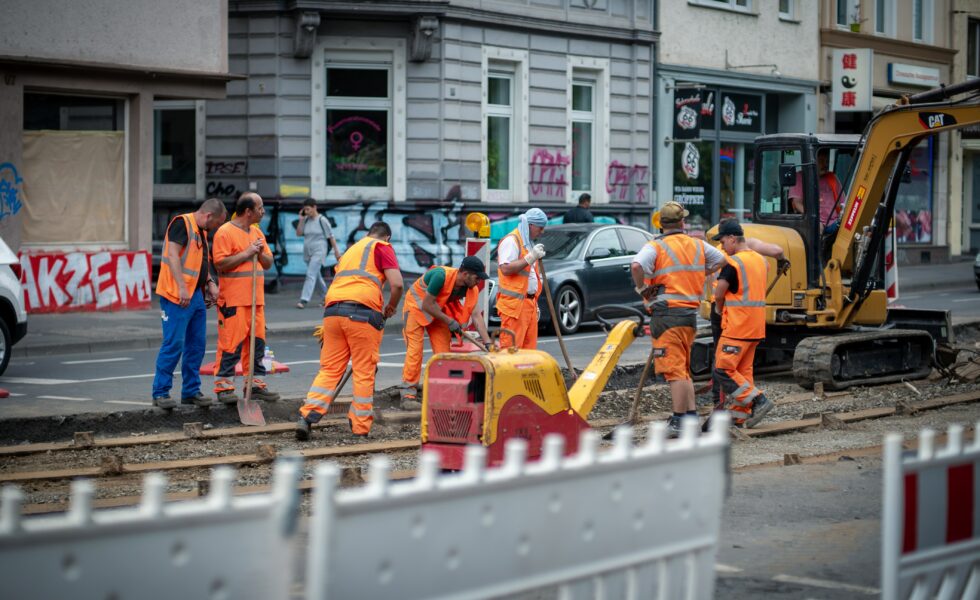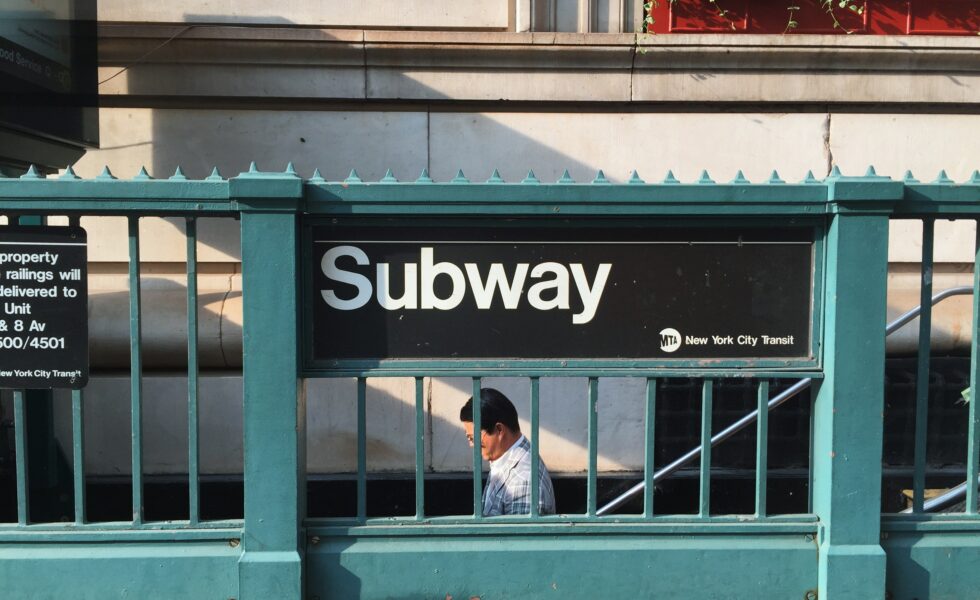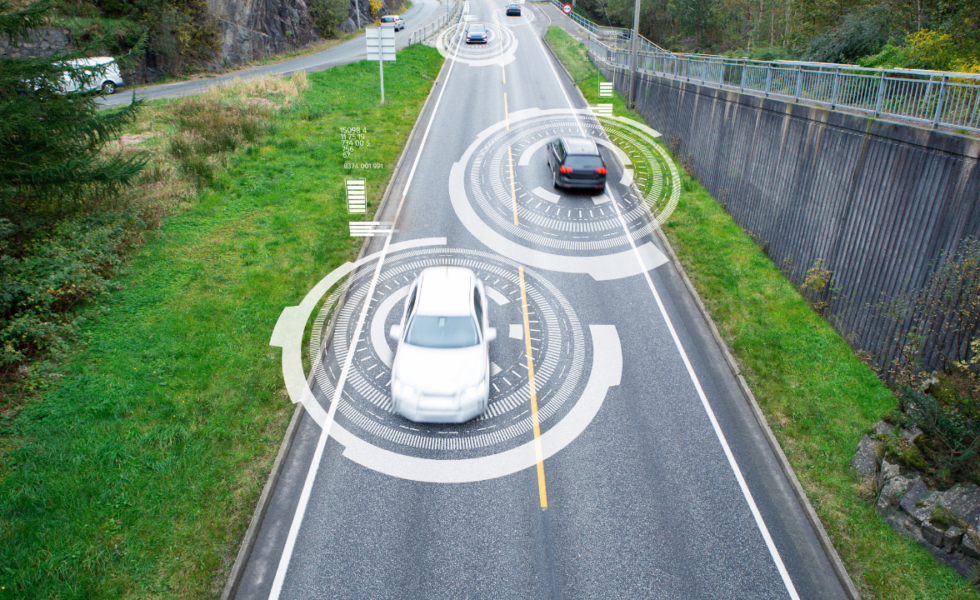Work Zone Safety: Virtual reality-based traffic co-simulation platform for workforce training and pedestrian behavior analysis
Building off of the research team’s previous work on a smartwatch alarm application and worker attention monitoring system, this project will expand the scope to a) understand workers’ behaviors to modalities of alarms in real physical work environments, and b) improve the VR based traffic co-simulation platform to co-simulate workers position in SUMO in real time as obstacles to be recognized and calibrate the vehicle trajectories in SUMO through larger work zone/traffic vehicle trajectory datasets.







